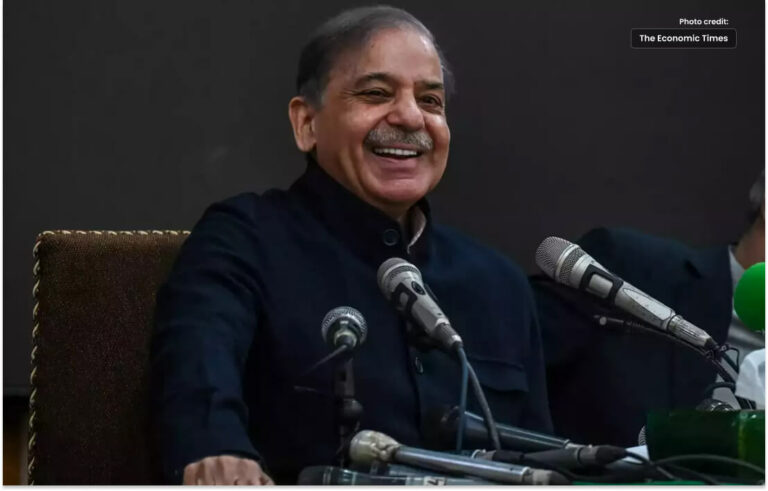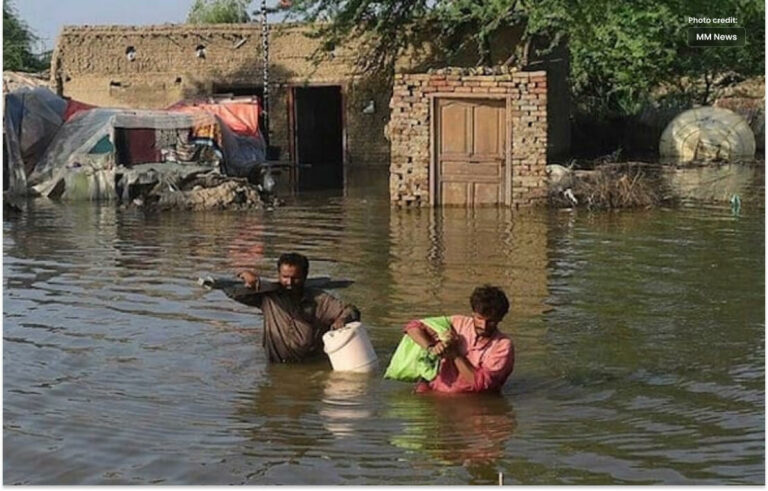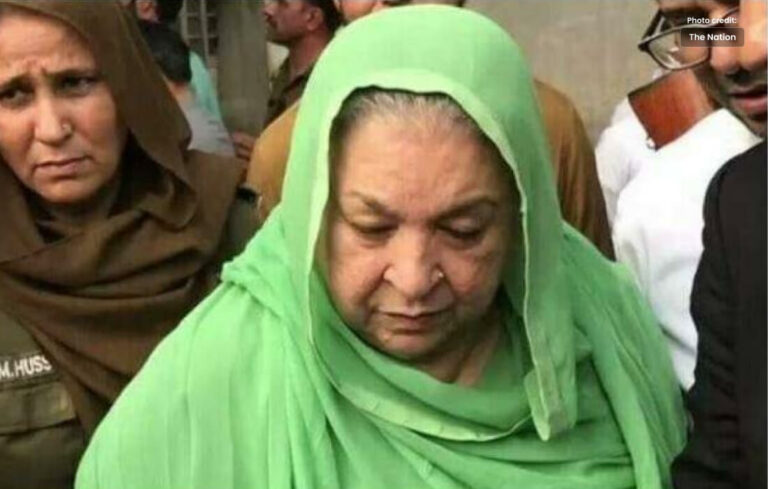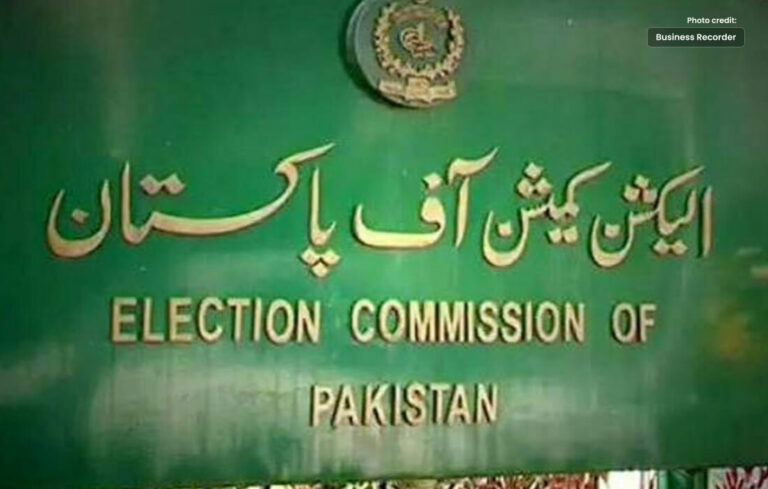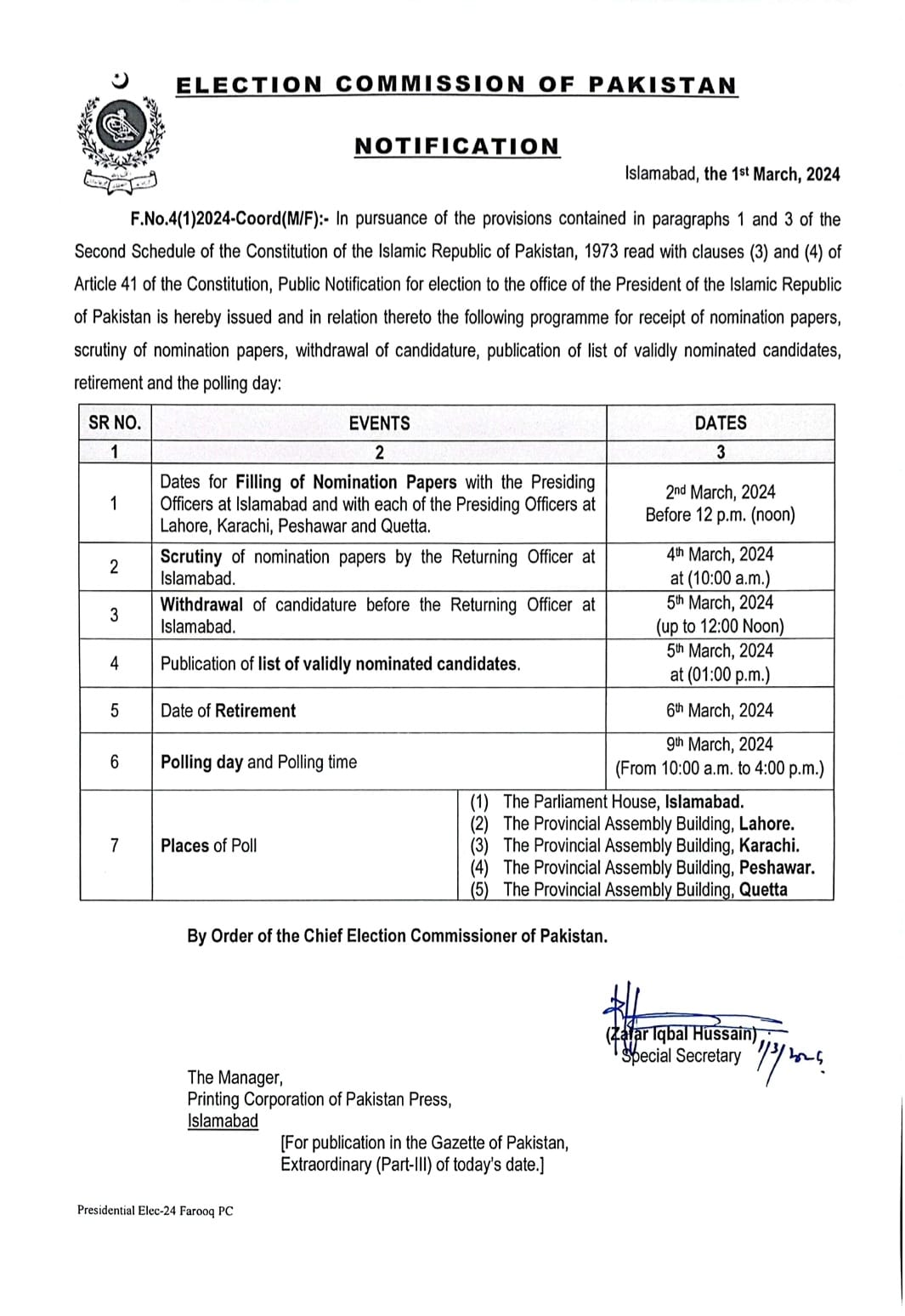Let’s see what should be done to losing weight & what are benefits?
The life-changing experience of losing weight and all the benefits it has for your mental, emotional, and physical health.
If you’re among the one in three Australians who made weight loss their New Year’s resolution, you probably want to know how to get in shape.
Click here for latest news
But if you type ‘how to lose weight’ on an online search engine, you might not get answers, but some questions will surely arise.
Certainly, with the availability of many weight loss apps and calculators, this goal seems easy to achieve. He will traditionally calculate a ‘healthy’ weight by calculating your body mass index (BMI) and recommend a weight loss plan based on that range.
Your screen will be filled with fit-looking influencers recommending diets that will help you lose 10 kg in a month, or you’ll see ads for pills and exercises that will help you lose weight easily and quickly. will claim to help reduce
Many advertisements will tell you how much weight you need to lose to be healthy, which will seem impossible to achieve. But research shows that it’s not necessary to lose a lot of weight to reap the health benefits.
BMI, an Imprecise Measure
Our society values data. So it’s no surprise that we rely on numbers and calculations for our weight as well. The most popular is BMI which measures the ratio of our body weight to height.
BMI classifies body weight as underweight, normal (healthy) weight, overweight or obese and can be a useful tool for assessing weight and health.
But it should not be used as the sole yardstick for a healthy weight when we set our weight loss goals because;
- It fails to assess two important factors related to weight and health, such as the proportion and distribution of body fat.
- It does not differentiate body composition based on gender, race and age.
Why is losing weight good for our health?
Losing even just 5 to 10 percent of body weight (eg, 6 to 12 kg for a 120 kg person) can significantly improve health in four ways.
Lowering Cholesterol
Obesity increases low-density lipoprotein (LDL) cholesterol, which is considered the bad cholesterol. Because being overweight affects our body’s production of lipoproteins and triglycerides, a fat molecule that we use for energy.
Having too much bad cholesterol and too many triglycerides is not good, it narrows our arteries and restricts blood flow, increasing the risk of heart attack and stroke.
But research shows that losing just 5 percent of your weight can improve total cholesterol, LDL, and triglyceride levels.
Lowering Blood Pressure
If our blood pressure is more than 140/90 at least twice, it will be considered high blood pressure.
High blood pressure is linked to excess weight in many ways, including how our nervous system, blood vessels and hormones regulate blood pressure.
High blood pressure causes our heart and arteries to work harder but less efficiently, causing damage to our arteries over time and increasing the risk of heart disease, heart attack and stroke. I also increase.
As with cholesterol improvement, a five percent weight loss improves both systolic blood pressure and diastolic blood pressure.
An analysis of 25 trials looking at the effects of weight loss on blood pressure found that for every kilogram of weight lost, blood pressure improved by one point.
Type 2 Diabetes
Excess body weight is considered a significant risk factor for type 2 diabetes, especially for those with visceral abdominal fat.
Being so overweight, type 2 diabetes can lead to serious medical problems and if left untreated, it can damage the heart, arteries, other vital organs, eyes and nervous system.
Research shows that a 7% weight loss can reduce the risk of developing type 2 diabetes by 58%.
Joint Pain and Osteoarthritis
Being overweight also leads to complaints of joint pain, swelling and damage to the joints, which can lead to osteoarthritis.

Studies show that being overweight doubles a person’s chance of developing osteoarthritis, while obesity quadruples the risk.
Indeed, weight loss significantly reduces the stress on the joints. The research showed that every kilogram of weight loss resulted in a four-fold reduction in the load on the knee per step taken during daily activities.
Focus on long-term habits
If you’ve ever lost weight but found that the weight you lost came back just as quickly, you’re not alone.
An analysis of 29 long-term weight loss studies found that half of the weight participants lost was regained within two years, and 50 to 80 percent within five years.
When we lose weight, we are changing our body by pushing it out of its comfort zone and at the same time it tries to go back to its old state. It then counteracts weight loss by triggering a number of physiological responses.
Just as this problem is evolutionary, so is its solution. For long-term weight loss success;
- Periodically lose as much weight as you can maintain, especially periods of weight loss, followed by a weight maintenance phase and so on until you reach your desired weight.
- Gradually introduce changes in your habits so that the habits adopted become a permanent part of your life.
Setting a goal to reach a healthy weight can seem daunting. But it doesn’t have to be a predetermined weight according to the ‘healthy’ BMI range. Losing five to ten percent of our body weight will have immediate health benefits.
Also read this: Glasses Vs Contact Lenses: Which Should You Buy?
Visit our Urdu site


